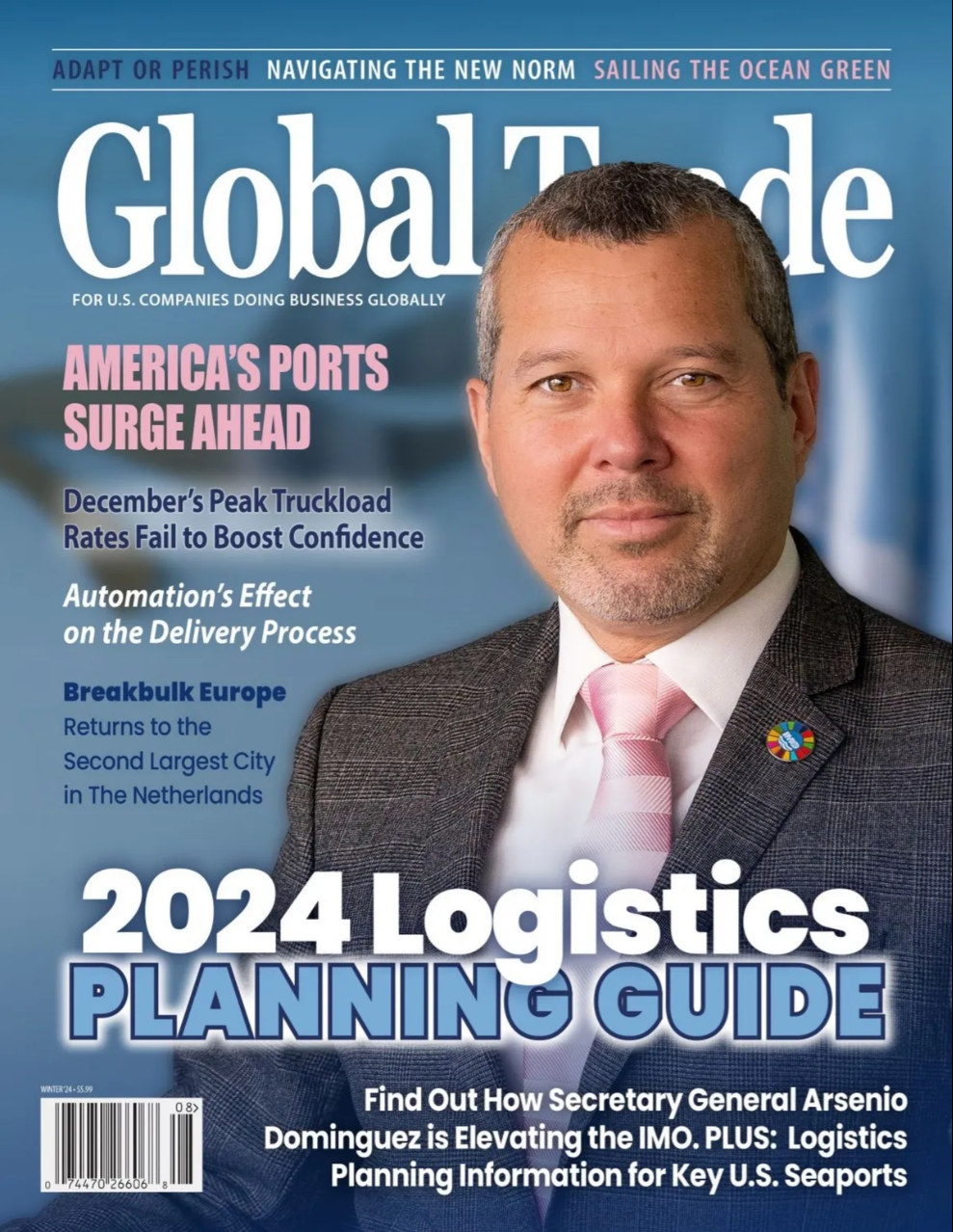Delivery management and visibility in delivery delays is taken to a whole new level thanks to a new solutions platform launched just in time for the holidays by Delivery Experience Management platform company, Convey.
Thanks to its predictive insights and precise delivery performance reporting, Convey’s Discover transportation analytics and insights software solution enables retailers to think ahead for the holiday season. Information released by Convey confirmed that Discover revealed unreported delays for 17 percent of retailer shipments.
“The ability to seek out and get ahead of delays for our customers is critical,” says Anthony Curreri, Senior Logistics Manager at Boll and Branch. “We were already using Convey to communicate and in some cases upgrade shipment service levels to keep the promises we’ve made to our customers. We’re excited to see the impact having early visibility into these delays will have for both our own operations and our customers’ experience. Our goal is to increase consumer confidence to buy and committing to meet delivery expectations is just one example of that.”
Accessing real-time data and historical reporting that measures the consumer experience is a major plus provided by the software platform. Additionally, SLA performance, data quality, and benchmarking reports are provided by Discover through a combination of machine learning and out-of-box suite reporting capabilities. Retailers are now enabled to analyze a delay and determine the best route for optimization based on these reports, further enhancing the consumer experience involving all supply chain players.
“Our customers tell us what’s most important to them is really one thing — to make delivery promises that they can keep,” says Michael Miller, Chief Product and Strategy Officer at Convey. “Discover is just one critical component to ensuring retailers are able to guarantee a perfect delivery. This holiday season has already proven what can happen when network congestion and weather combine to wreak havoc on the supply chain that serves e-commerce. Convey’s ability to give retailers the extra time and tools necessary to keep delivery promises is unprecedented in the industry today.”



